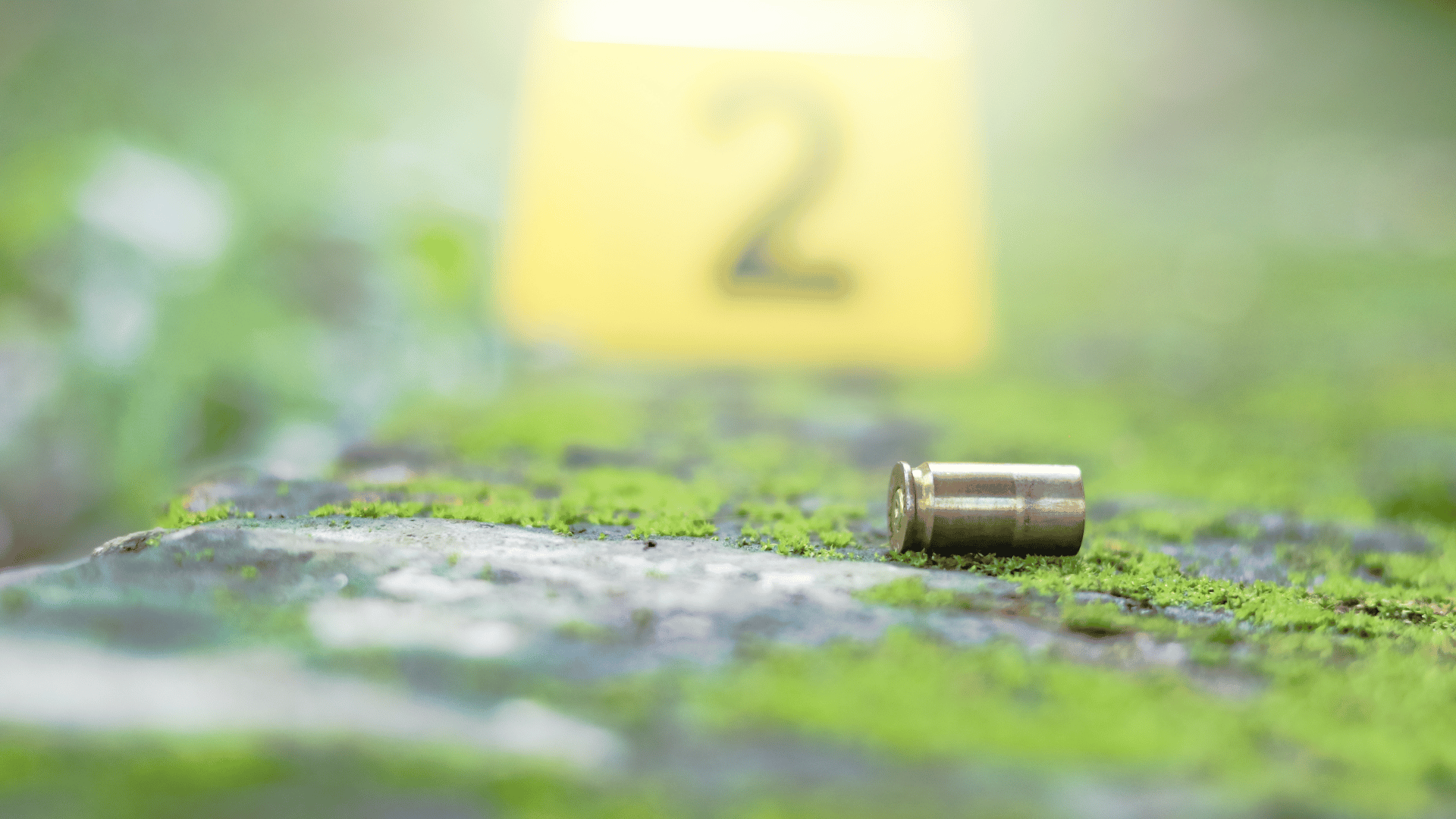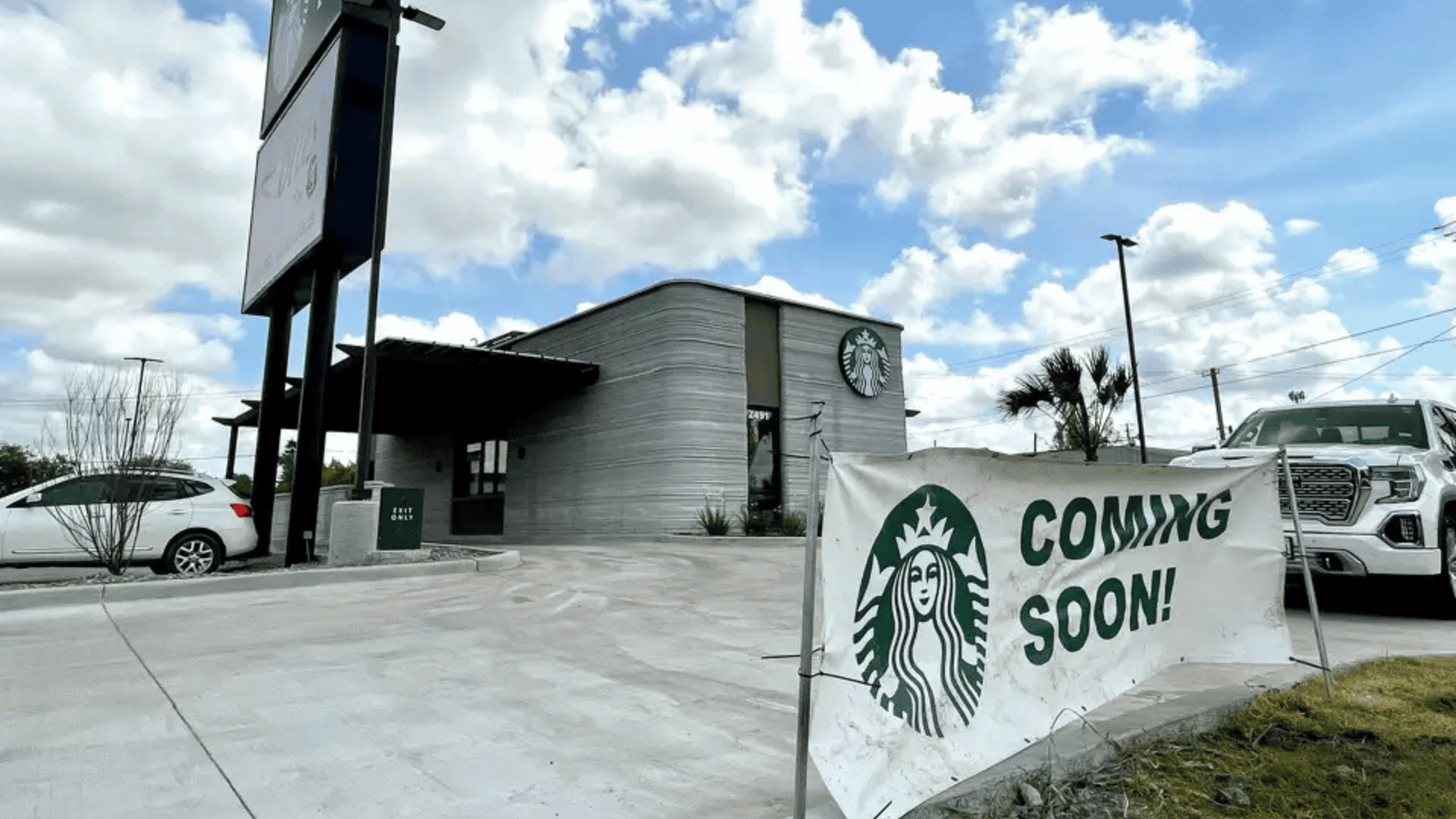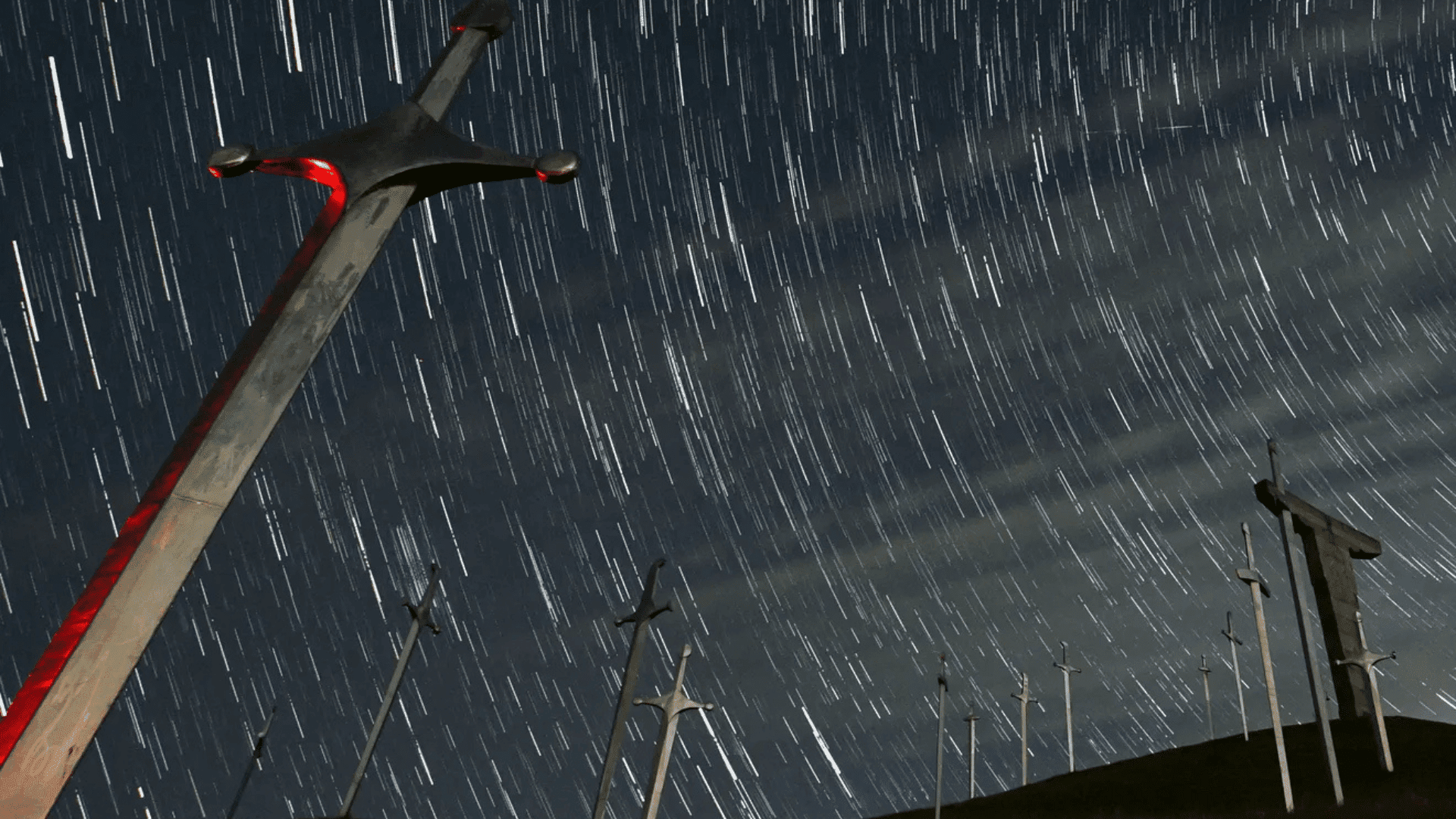Ben Krasnow, host of the YouTube channel Applied Science, recently demonstrated how to print images on living plant leaves.
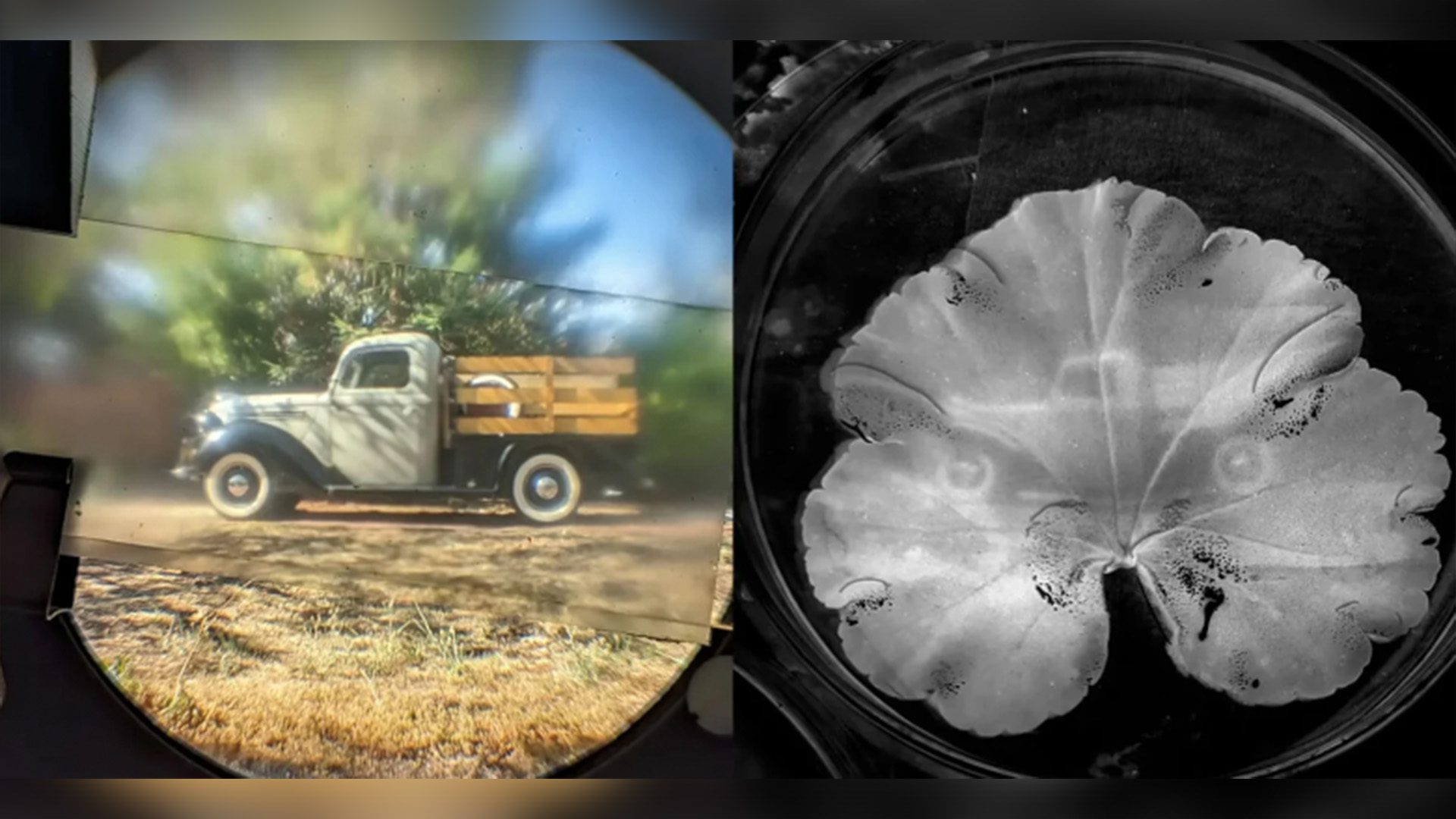
Inspired by a 1976 video created by The Royal Institution which demonstrates how to project sunlight photos onto plants, Krasnow takes “photosynthesis photography” to new levels by building his own camera and creating an original photo on a leaf.
One of the more basic ways to print images onto plant leaves or “chlorophyll prints” is to expose the existing image onto the leaf by treating the leaf itself as photographic paper. This photographic printing process relies on the plant’s natural biological processes, rather than putting harmful or artificial chemicals that could damage the plant onto the leaf.
This technique is accomplished by controlling the pattern in which sunlight falls onto the plant leaf. This causes the areas that receive the most sunlight to photosynthesize faster than other areas. If the plant has excess energy, it gets stored in the form of a starch granule. During the development process, the starch is stained a dark blue, which reveals the patterned light that fell on the leaf during the “printing” process.
After the leaf is exposed, it is developed in a two-step process beginning with an eight-minute boiling alcohol bath to remove the chlorophyll from the leaf. This process dries out the leaf, which will then be placed in water for a few minutes to rehydrate.
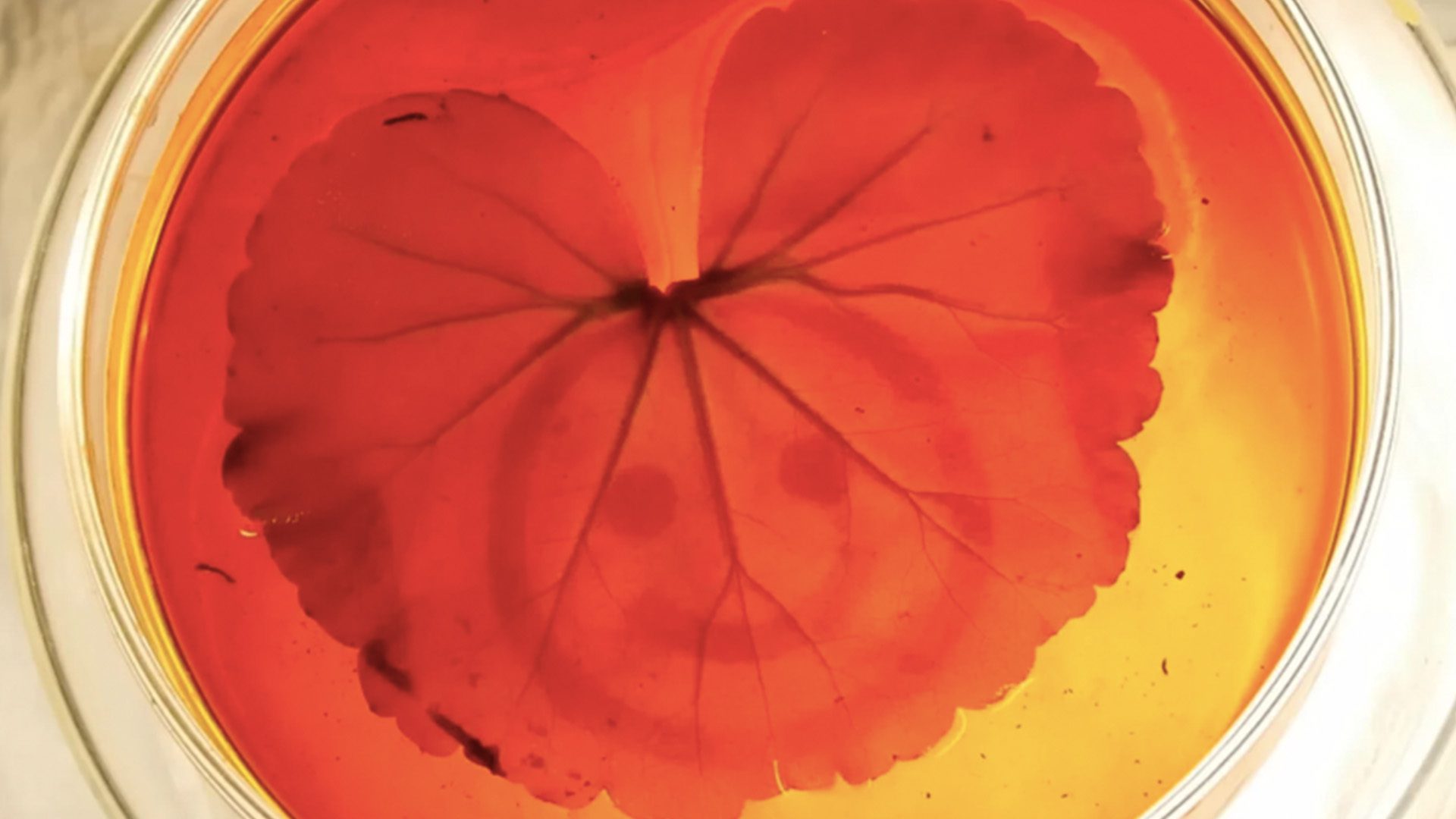
Once the leaf is rehydrated, it is placed in an iodine bath exposing the starch granules hidden beneath the leaf’s surface. The iodine solution creates a chemical compound with the starch granules. Krasnow states that the risk of overexposure is minimal throughout this process, so he recommends that photographers keep the leaf in the iodine solution until it stops getting darker. From there, the chlorophyll print can be dried and preserved.
Krasnow’s process takes this technique a step further, however, by building a camera that projects an original image onto the leaf rather than relying on an existing print to control how light strikes the leaf.
The new technique involved building a massive lens using a large Fresnel element on the front and a single glass lens on the back. The large lens brings in considerable light and creates a large image circle through the back. Krasnow has stated that it’s a f/0.5 lens, which means it’s also very bright. The lens of the camera is about 100mm so adjusting the distance between elements can change the lens’s effective focal length.
This isn’t the first time Krasnow has conducted unique visual experiments. Some of his past videos have included X-Ray timelapses of fluid movements in plants, underwater laser cutting and silver sintering, projecting holograms onto chocolate, and more.





